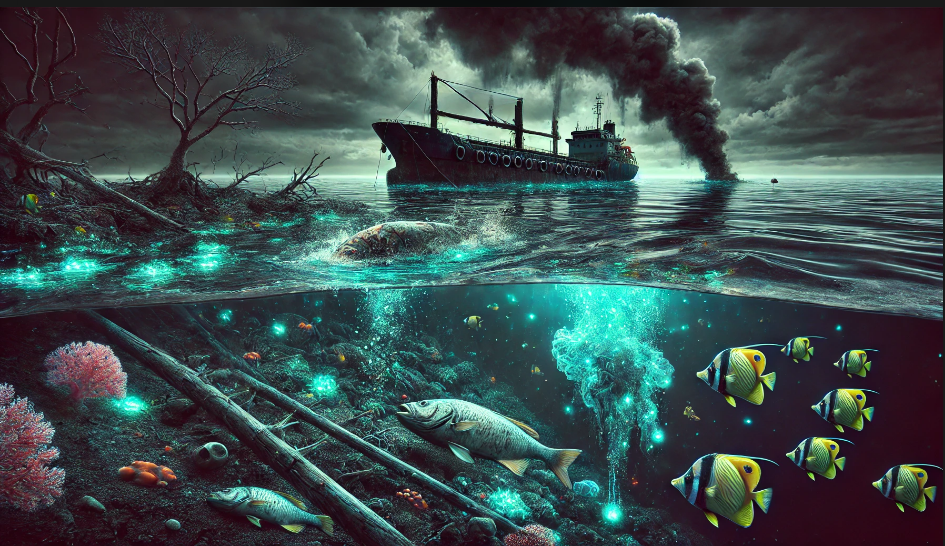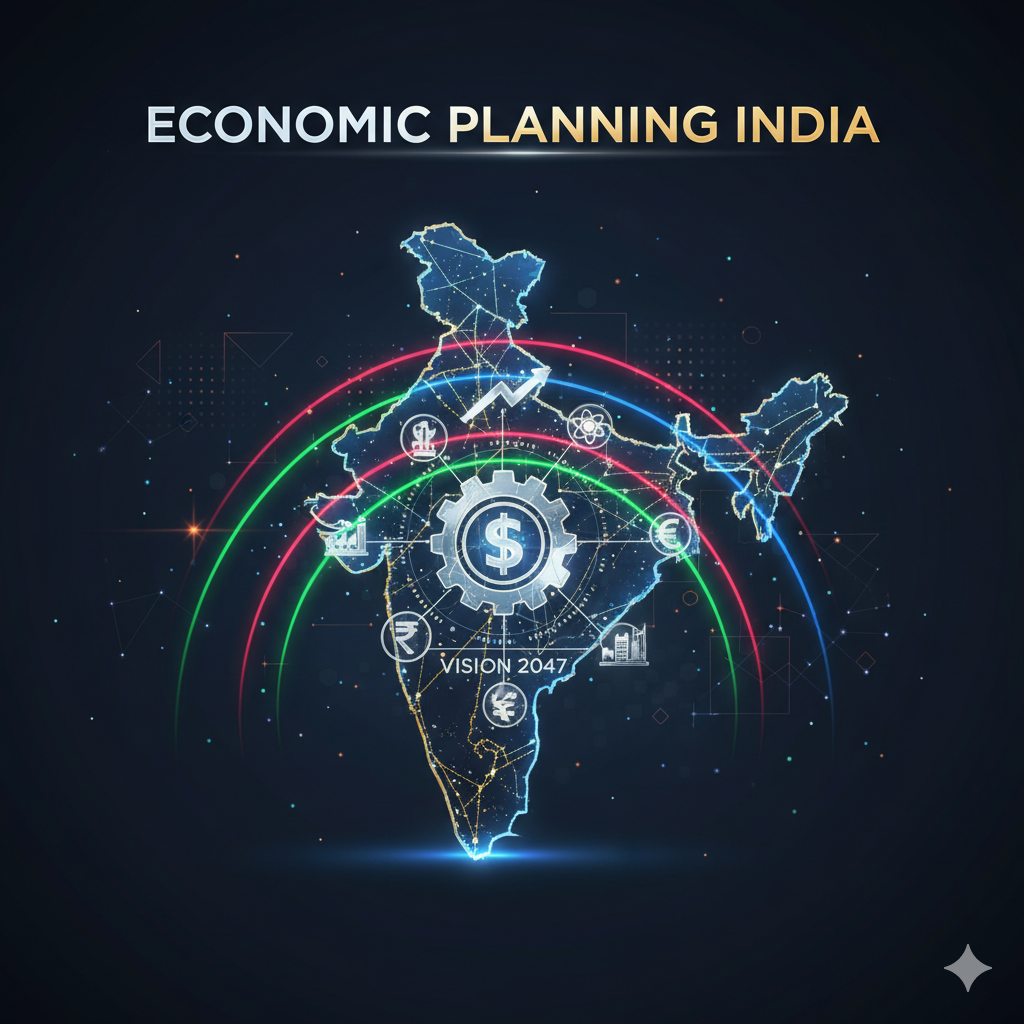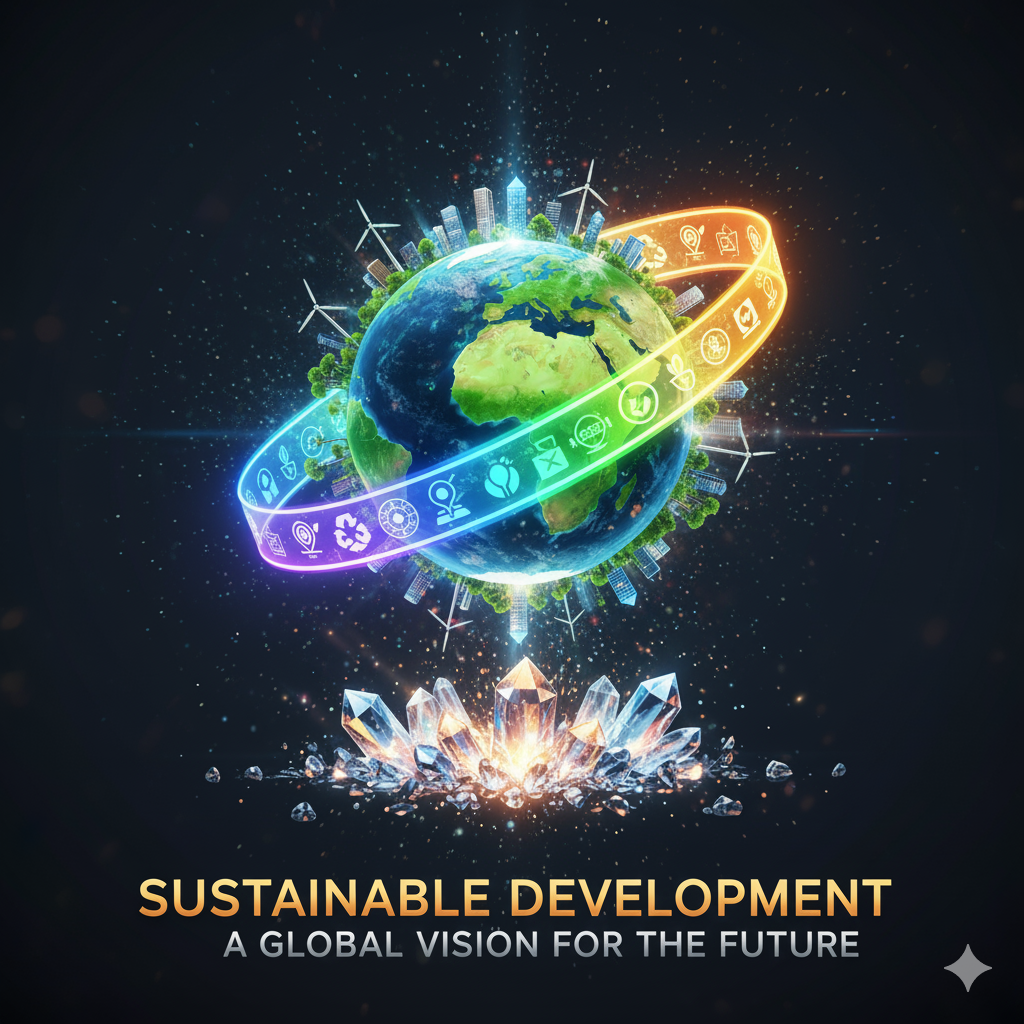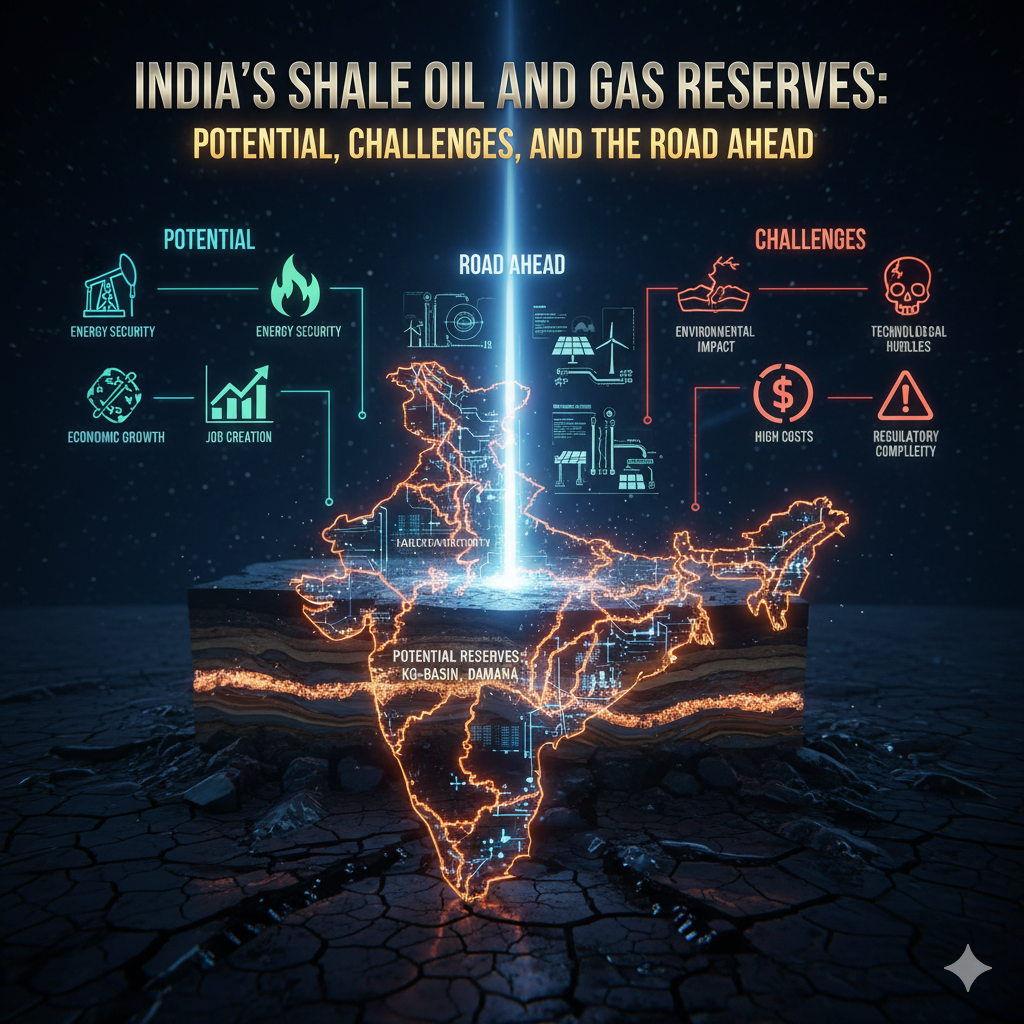Introduction
The Indian Ocean, the third-largest ocean in the world, is a critical resource for many countries bordering its vast expanse. It provides significant ecological, economic, and strategic benefits. The exploitation of resources from the Indian Ocean, including fishing, oil and gas extraction, deep-sea mining, and shipping activities, has led to various ecological problems. These issues threaten marine biodiversity, disrupt ecosystems, and pose long-term environmental challenges. This article critically examines the ecological problems associated with the exploitation and utilization of resources from the Indian Ocean.
1. Overfishing and Marine Biodiversity Decline
One of the most pressing ecological issues in the Indian Ocean is overfishing. Due to increased demand for seafood, commercial fishing operations have expanded, leading to:
- Depletion of fish stocks: Unsustainable fishing practices, such as trawling and illegal fishing, have led to the overexploitation of key fish species, such as tuna and sharks.
- Bycatch and loss of marine species: Non-target species, including dolphins, turtles, and seabirds, are often caught in fishing nets, leading to population declines.
- Disruption of marine food chains: Overfishing affects predator-prey relationships, impacting the balance of marine ecosystems.
- Illegal, Unreported, and Unregulated (IUU) fishing: This contributes to unsustainable fishing and loss of revenue for local economies.
- Loss of livelihoods: Small-scale fishermen, who depend on the ocean for sustenance, are struggling due to large-scale commercial exploitation.
2. Destruction of Coral Reefs
Coral reefs in the Indian Ocean are among the most diverse marine ecosystems, providing habitat for countless species. However, they are severely threatened by human activities such as:
- Coral mining and dredging: Coastal development and tourism-related activities lead to the destruction of coral habitats.
- Climate change and ocean acidification: Rising sea temperatures cause coral bleaching, reducing reef biodiversity.
- Pollution and sedimentation: Industrial waste, agricultural runoff, and coastal construction increase water turbidity, blocking sunlight essential for coral health.
- Cyanide and dynamite fishing: These destructive fishing methods kill coral and reduce fish populations, further exacerbating biodiversity loss.
- Unregulated coastal construction: Hotels and resorts built near fragile reef ecosystems contribute to reef degradation and pollution.
3. Oil and Gas Exploration and Marine Pollution
The Indian Ocean is rich in offshore oil and gas reserves, leading to extensive extraction operations. However, these activities have severe ecological consequences:
- Oil spills and leakage: Accidental oil spills harm marine life, coat seabirds, and damage coastal ecosystems.
- Drilling-related pollution: The discharge of toxic chemicals and drilling fluids contaminates water and sediments.
- Seismic surveys: Underwater blasting used in oil exploration disrupts marine mammals, including whales and dolphins, affecting their communication and migration patterns.
- Coastal degradation from refineries: Waste from refineries and oil transportation affects coastal water quality and biodiversity.
- Increased carbon emissions: Fossil fuel extraction and burning contribute to climate change, which further impacts ocean ecosystems.
4. Deep-Sea Mining and Habitat Destruction
With advancements in technology, deep-sea mining for minerals such as polymetallic nodules, cobalt, and rare earth elements is increasing in the Indian Ocean. This leads to:
- Destruction of seabed habitats: Mining disturbs fragile deep-sea ecosystems that take centuries to recover.
- Sediment plumes and toxicity: The release of sediments and heavy metals harms marine organisms.
- Loss of undiscovered marine species: Many deep-sea species are yet to be studied, and mining poses a risk to their survival before they are even discovered.
- Long-term ecological impact: Once disturbed, deep-sea environments struggle to regenerate, leading to permanent ecosystem changes.
- Pollution from mining operations: Machinery and chemical use in mining lead to toxic waste contamination.
5. Marine Pollution and Plastic Waste
The Indian Ocean has become a dumping ground for waste, leading to significant pollution issues:
- Plastic waste and microplastics: Marine species ingest plastic debris, leading to health complications and mortality.
- Industrial and chemical pollution: Runoff from industries, including heavy metals and pesticides, contaminates marine waters.
- Eutrophication and dead zones: Excessive nutrients from agricultural runoff cause algal blooms, depleting oxygen levels and suffocating marine life.
- Ghost nets and abandoned fishing gear: Lost or discarded fishing gear continues to trap and kill marine organisms.
- Illegal waste dumping: Many industries dispose of waste directly into the ocean, worsening marine pollution.
6. Climate Change and Rising Sea Levels
Climate change is one of the biggest threats to the Indian Ocean ecosystem. Key impacts include:
- Rising sea levels: Coastal habitats, including mangroves and estuaries, are being submerged, leading to loss of biodiversity.
- Extreme weather events: Increased frequency of cyclones and storms damages marine and coastal environments.
- Changes in ocean currents: Altered circulation patterns affect fish migration and disrupt ecosystems
. - Ocean acidification: The absorption of CO2 reduces the ocean’s pH, making it harder for shellfish and corals to survive.
- Coral reef degradation: Warming oceans cause frequent coral bleaching, endangering reef ecosystems.
7. Destruction of Mangroves and Coastal Ecosystems
Mangroves are crucial for coastal protection and marine biodiversity, but they are being rapidly destroyed due to:
- Coastal development and urbanization: Land reclamation for tourism and infrastructure results in mangrove deforestation.
- Aquaculture expansion: Shrimp farming has led to widespread mangrove destruction.
- Climate change-induced stress: Rising temperatures and changing salinity levels affect mangrove health.
- Illegal logging and deforestation: Mangroves are often cleared for timber and charcoal production.
Mitigation Strategies and Conservation Efforts
Addressing the ecological problems associated with resource exploitation in the Indian Ocean requires a multi-faceted approach:
- Sustainable Fisheries Management: Implementing quotas, promoting aquaculture, and enforcing anti-poaching laws.
- Marine Protected Areas (MPAs): Establishing conservation zones to protect vulnerable ecosystems.
- Stricter Pollution Regulations: Reducing plastic waste, oil spill management, and enforcing industrial discharge limits.
- Eco-Friendly Tourism Initiatives: Promoting sustainable tourism practices and reducing coastal infrastructure damage.
- Renewable Energy Alternatives: Shifting from oil and gas dependency to offshore wind and solar energy projects.
- Global Cooperation and Policies: Strengthening international agreements to combat marine pollution and overexploitation.
- Strengthening Environmental Education: Raising awareness among coastal communities and industries about conservation measures.
- Enhanced Monitoring and Surveillance: Using satellite technology to track illegal fishing, pollution, and unauthorized resource exploitation.
Conclusion
The Indian Ocean is a vital ecological and economic resource, but its exploitation and utilization have led to severe environmental degradation. Overfishing, pollution, deep-sea mining, climate change, and habitat destruction are major threats to its biodiversity. Immediate and coordinated global efforts are required to mitigate these issues and ensure the sustainable management of the Indian Ocean’s resources for future generations.




